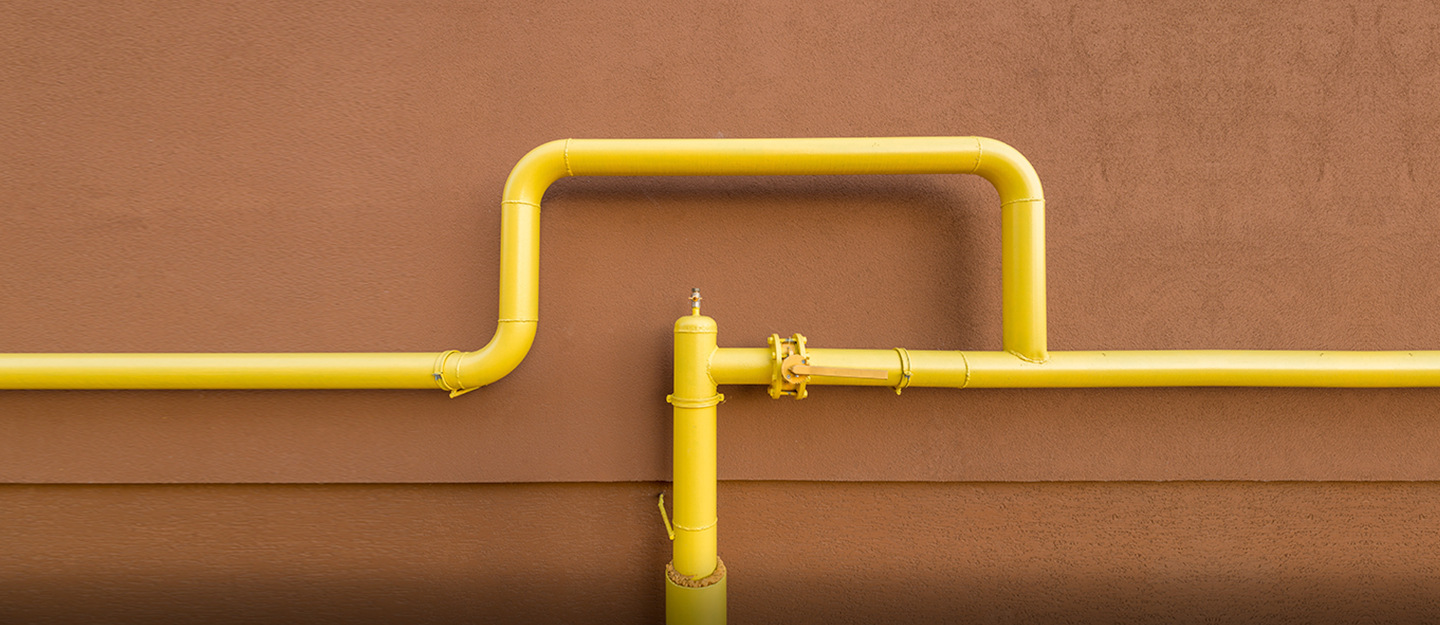

Articles
How To Hide Plumbing Pipes
Modified: October 20, 2024
Learn how to hide plumbing pipes with these informative articles. Discover clever tips and tricks to conceal unsightly piping in your home and create a clean and polished look.
(Many of the links in this article redirect to a specific reviewed product. Your purchase of these products through affiliate links helps to generate commission for Storables.com, at no extra cost. Learn more)
Introduction
Plumbing pipes are a vital part of any building’s infrastructure, ensuring the proper flow of water and waste. However, their appearance can often be unsightly and can disrupt the overall aesthetics of a space. Fortunately, there are several methods available to hide plumbing pipes and create a seamless and visually appealing environment.
Whether you are undertaking a renovation project or simply want to improve the look of your living space, hiding plumbing pipes can make a significant difference in the overall appearance and functionality of a room. Not only can it enhance the visual appeal, but it also allows for greater flexibility and creativity in interior design.
In this article, we will explore various methods and techniques for hiding plumbing pipes, from building enclosures to using decorative elements and incorporating furniture solutions. By the end, you’ll have a comprehensive understanding of how to conceal plumbing pipes effectively and transform your living space into a more aesthetically pleasing and functional environment.
Key Takeaways:
- Transform your living space by concealing plumbing pipes using methods like building enclosures, false walls, decorative elements, and furniture solutions. Enhance aesthetics, functionality, and safety while maintaining easy access for maintenance.
- Incorporate creative design elements like artwork, mirrors, and decorative pipe covers to cleverly divert attention from plumbing pipes. Use paint and decorative finishes to seamlessly integrate pipes into your space while adding visual interest.
Read more: How To Hide Pipes In Basement
Why Hide Plumbing Pipes?
Plumbing pipes are an integral part of any building’s infrastructure, ensuring the proper supply and drainage of water. However, their visible presence can often be a visual distraction and disrupt the overall design of a space. This is especially true if the pipes are old, discolored, or irregularly placed.
By hiding plumbing pipes, you can achieve a more polished and seamless look in your home or commercial space. Here are a few reasons why hiding plumbing pipes is beneficial:
- Enhances Aesthetics: Concealing plumbing pipes allows you to create a clean and visually appealing environment. By removing visual clutter, you can highlight the other design elements of the space, such as furniture, artwork, or architectural features.
- Allows for Versatility: When the pipes are hidden, you have more freedom in designing the layout and arrangement of the room. You can use the available space more efficiently without being limited by the presence of visible pipes.
- Improves Functionality: Hidden plumbing pipes provide better accessibility and ease of maintenance. Since the pipes are concealed behind walls or enclosures, they can be accessed when needed without disrupting the overall aesthetics of the space.
- Promotes Safety: Hiding plumbing pipes can prevent accidents or injuries, especially in homes with children or pets. When the pipes are exposed, there is a higher risk of someone accidentally bumping into them or tripping over them.
- Reduces Noise: Concealing plumbing pipes can help minimize the noise associated with water flow. By reducing the direct contact between the pipes and the surrounding surfaces, you can create a quieter and more peaceful environment.
Whether you’re looking to create a sleek and modern interior or maintain a traditional and timeless atmosphere, hiding plumbing pipes can significantly contribute to achieving your desired aesthetic and functional goals.
Types of Plumbing Pipes
Before diving into the methods of hiding plumbing pipes, it is important to familiarize yourself with the different types of pipes commonly used in plumbing systems. Understanding these pipes can help you determine the best approach for concealing them. Here are the most commonly used types of plumbing pipes:
- Copper Pipes: Copper pipes are a popular choice due to their durability, corrosion resistance, and ability to handle high water pressure. They are commonly used for both hot and cold water supply lines and have a distinctive reddish-brown color.
- PEX Pipes: PEX pipes (cross-linked polyethylene) have gained popularity in recent years due to their flexibility, ease of installation, and resistance to freezing. They are commonly used for water distribution and are available in various colors, such as red for hot water lines and blue for cold water lines.
- PVC Pipes: PVC (polyvinyl chloride) pipes are widely used for drain, waste, and vent systems. They are lightweight, durable, and resistant to chemicals. PVC pipes are easily identifiable by their white or gray color and are typically grouped together in plumbing stacks.
- Galvanized Steel Pipes: Galvanized steel pipes were commonly used in older homes and commercial buildings. They are coated with a layer of zinc to resist corrosion. However, over time, these pipes can rust and deteriorate, leading to leaks and reduced water flow.
- Cast Iron Pipes: Cast iron pipes were once the standard choice for drain and waste systems due to their strength and durability. However, they are heavy and prone to corrosion over time. Cast iron pipes are commonly found in older buildings and may require special techniques for hiding.
Each type of plumbing pipe has its own unique properties and installation requirements. When planning to hide your plumbing pipes, ensure that you are familiar with the specific type of pipe used in your system. This will help you determine the appropriate methods for concealing and working around them.
By understanding the types of plumbing pipes, you can make informed decisions about how best to hide them while ensuring the efficiency and integrity of your plumbing system.
Methods for Hiding Plumbing Pipes
When it comes to hiding plumbing pipes, there are several methods and techniques available. The choice of method depends on various factors, such as the location of the pipes, the type of pipes used, and the overall design aesthetic you want to achieve. Here are some common methods for hiding plumbing pipes:
- Building Enclosures: One of the most straightforward methods is to build enclosures around the plumbing pipes. This can be done using materials such as drywall, wood, or metal panels. The enclosures can be customized to match the existing wall structure and then painted or decorated to blend seamlessly with the surrounding area.
- Creating False Walls: Another effective method is to create false walls to conceal the plumbing pipes. This involves constructing a separate wall in front of the existing wall, leaving a gap in between for the pipes. The false wall can be made from materials like plywood or drywall and can be finished with paint, wallpaper, or other decorative treatments.
- Using Decorative Elements: Incorporating decorative elements can be a creative way to hide plumbing pipes. For example, you can use strategically placed artwork, mirrors, or floating shelves to divert attention from the pipes. Additionally, you can install decorative pipe covers, such as pipe sleeves or wraps, which come in various colors and patterns to blend with the overall design.
- Paint and Decorative Finishes: Applying paint or decorative finishes to the visible plumbing pipes can help them blend into the surrounding walls or surfaces. You can choose a paint color that matches the wall color or opt for an accent color to make the pipes stand out as intentional design elements. Textured finishes or faux finishes can also be used to create a cohesive look.
- Incorporating Furniture and Storage Solutions: Another clever way to hide plumbing pipes is to incorporate furniture or storage solutions. For example, a tall bookshelf or a built-in cabinet can be strategically placed to cover the area where the pipes are located. This not only hides the pipes but also provides additional functionality by offering storage space.
When selecting a method to hide plumbing pipes, it’s important to consider factors such as accessibility for maintenance or repairs, building codes, and the overall design preferences. Consulting with a professional plumber or interior designer can help you determine the most suitable method for hiding the plumbing pipes in your specific situation.
By utilizing these methods, you can effectively conceal plumbing pipes and create a seamless and visually appealing environment in your home or commercial space.
Building Enclosures for Plumbing Pipes
Building enclosures is a popular method for hiding plumbing pipes. This technique involves constructing a structure around the pipes to conceal them from view. Here are some steps to consider when building enclosures for plumbing pipes:
- Measure and Plan: First, measure the length, width, and height of the area where the plumbing pipes are located. Use these measurements to determine the size and shape of the enclosure you need to build. Consider factors such as accessibility for maintenance and the overall design aesthetic you want to achieve.
- Select the Enclosure Material: Choose a suitable material for your enclosure, such as drywall, wood, or metal panels. Consider the durability, cost, and compatibility with the surrounding area. If you opt for wood, make sure it is treated to resist moisture or use water-resistant drywall if the pipes are located in a moisture-prone area like a bathroom or kitchen.
- Frame the Enclosure: Build a frame using studs or metal framing channels that will provide the structure and support for your enclosure. The frame should be secure and sturdy enough to hold the chosen enclosure material.
- Install the Enclosure Material: Cut the chosen material to fit the dimensions of the enclosure. Securely attach the material to the frame using nails, screws, or adhesive, ensuring a snug and seamless fit. Make sure to leave access points or removable panels for future maintenance or repairs if needed.
- Finishing Touches: Once the enclosure is built and the material is securely in place, you can finish it to match the surrounding area. Apply drywall joint compound and sand the surface for a smooth finish, or paint or apply wallpaper to match the existing wall color or style. Consider using decorative trim or molding to add a polished look to the enclosure.
Building enclosures for plumbing pipes not only hides the pipes but also provides an opportunity to enhance the aesthetics of the space. With careful planning, proper measurements, and attention to detail, you can create enclosures that seamlessly blend with the surrounding area, making the pipes virtually invisible.
Keep in mind that building enclosures may impact access to the pipes for maintenance or repairs, so it’s important to consider future needs and make provisions for accessibility when designing and constructing the enclosures.
Remember, if you are unsure about building enclosures or if the plumbing pipes are complex, it is always best to consult with a professional plumber or contractor who can provide guidance and ensure that the enclosures are built safely and effectively.
Read more: How To Replace Plumbing Pipes
Creating False Walls to Conceal Pipes
If you’re looking for a more extensive method to hide plumbing pipes, creating false walls is a great option. This technique involves constructing a separate wall in front of the existing wall, leaving a gap in between to accommodate the pipes. Here’s a step-by-step guide on creating false walls to conceal plumbing pipes:
- Plan and Measure: Assess the location of the plumbing pipes and determine the dimensions of the false wall. Measure the height, width, and depth needed to create enough space for the pipes without compromising the overall design of the room.
- Marks and Studs: Use a level and a pencil to mark the position of the false wall on the floor and the ceiling. Install wooden studs or metal framing channels along the marked lines to form the framework for the false wall.
- Insulation and Soundproofing: Consider adding insulation within the cavity between the existing wall and the false wall. This helps dampen sound and improve energy efficiency in the room.
- Install Drywall: Cut drywall panels according to the measurements and attach them to the framework of the false wall using screws or nails. Ensure a secure and tight fit, leaving access points or removable panels for future maintenance or repairs.
- Finishing Touches: Once the drywall is installed, apply joint compound to fill any gaps or seams. Sand the surface smooth and apply a primer and paint to match the color of the existing wall or create a contrasting design element.
- Additional Options: Depending on the desired aesthetic, you can add additional design elements, such as wallpaper, texture, or decorative trim, to further blend the false wall into the existing room.
Creating false walls not only conceals the plumbing pipes but also provides an opportunity to enhance the overall appearance of the space. The false wall can be seamlessly integrated into the room’s design, allowing you to achieve a polished and cohesive look.
It’s important to consider accessibility for potential maintenance or repairs when creating false walls. Ensure that you leave access points or removable panels so that the plumbing pipes can be easily reached if needed.
Creating false walls may require professional assistance, particularly if you aren’t experienced in construction or if the pipes are complex. Consulting with a contractor or professional plumber can provide expert guidance and ensure that the false walls are built safely and efficiently.
By creating false walls, you can effectively hide plumbing pipes while enhancing the visual appeal and design of your space.
Consider using pipe covers or boxing in the pipes with a decorative panel. This can help to hide the plumbing while still allowing easy access for maintenance.
Using Decorative Elements to Hide Pipes
Using decorative elements is a creative and versatile way to hide plumbing pipes while adding visual interest to your space. By strategically incorporating decorative elements, you can effectively divert attention from the pipes and create a cohesive and aesthetically pleasing environment. Here are some decorative elements to consider:
- Artwork: Hang artwork strategically on the walls to draw attention away from the plumbing pipes. Choose pieces that complement the overall style and color scheme of the room. Large-scale artwork can be particularly effective in concealing the pipes and creating a focal point in the space.
- Mirrors: Mirrors not only serve a functional purpose but also help create an illusion of space and depth. Hang large mirrors strategically to not only reflect light but also camouflage the plumbing pipes. By placing mirrors strategically, you can effectively mask the presence of the pipes and make the room appear more spacious.
- Floating Shelves: Install floating shelves at appropriate heights to cover the area around the plumbing pipes. These shelves not only provide additional storage space but also act as a decorative element to distract the eye from the pipes. Display decorative items or books to further enhance the aesthetic appeal.
- Plants and Greenery: Incorporate plants and greenery around the plumbing pipes to add a natural and vibrant element to the space. Large potted plants or hanging baskets not only help conceal the pipes but also provide a refreshing and inviting atmosphere.
- Decorative Pipe Covers: Utilize decorative pipe covers or wraps to transform the appearance of the plumbing pipes. These covers come in various colors, patterns, and materials, such as fabric or plastic, allowing you to customize the look to match your desired aesthetic. This simple solution can effectively hide the pipes while adding a decorative touch.
By utilizing these decorative elements, you can cleverly divert attention from the plumbing pipes and create a visually appealing environment. Experiment with different combinations of artwork, mirrors, shelves, plants, and decorative pipe covers to find the best solution that suits your style and preferences.
Remember to consider the overall design of the room and ensure that the decorative elements blend seamlessly with the existing décor. By combining functionality with creative design, you can effectively hide plumbing pipes while elevating the visual appeal of your space.
Paint and Decorative Finishes for Concealing Pipes
Paint and decorative finishes are excellent tools for concealing plumbing pipes and seamlessly integrating them into the overall design of your space. By using the right colors, textures, and techniques, you can effectively camouflage the presence of the pipes. Here are some paint and decorative finish options to consider:
- Matching the Wall Color: One simple yet effective approach is to paint the plumbing pipes using the same color as the surrounding walls. This creates a unified look and makes the pipes blend seamlessly with the rest of the room. Use a paint color that matches the wall color or consult a professional painter to achieve an exact match.
- Contrasting Colors: Alternatively, you can choose to paint the plumbing pipes in a contrasting color to create a bold and intentional design statement. This draws attention to the pipes, transforming them into a deliberate visual element rather than an eyesore. Consider using a color wheel to find complementary or contrasting colors that work well together.
- Creating Illusions with Paint: Paint techniques such as faux finishes can help create illusions that distract the eye from the plumbing pipes. For example, sponge painting or marbling techniques can create texture and depth, effectively diverting attention away from the pipes. Consult with a professional painter to explore different techniques and achieve the desired effect.
- Decorative Wallpaper or Wall Decals: Wallpaper or wall decals can be used to conceal the presence of plumbing pipes while adding style and visual interest to the room. Choose patterns, textures, or designs that complement the overall aesthetic and apply them directly to the wall around the pipes. This creates a cohesive look while disguising the pipes.
- Faux Finishes: Consider using faux finishes such as stucco, distressed plaster, or textured paint to create a cohesive and stylish look. These finishes can help mask the appearance of the pipes by adding texture and character to the walls. Carefully select a finish that complements the overall style of the space.
When using paint or decorative finishes, it’s important to ensure that the materials used are suitable for the specific needs of the plumbing system. Consult with a professional painter or designer to choose the right products that can withstand moisture and potential exposure to water.
Remember to prepare the surfaces properly by cleaning them, applying a primer, and using high-quality paint and finishes. This will ensure a smooth and long-lasting result.
By utilizing paint and decorative finishes, you can transform plumbing pipes from an eyesore into intentional design elements that seamlessly blend with the overall look and feel of your space.
Incorporating Furniture and Storage Solutions
Another effective method for hiding plumbing pipes is to incorporate furniture and storage solutions strategically. By placing furniture or utilizing storage options in the right locations, you can effectively conceal the pipes while adding functionality and style to your space. Here are some ideas for incorporating furniture and storage solutions:
- Tall Cabinets or Bookshelves: Install tall cabinets or bookshelves against walls where the plumbing pipes are located. These storage solutions not only provide ample space to store belongings but also effectively hide the pipes. Choose furniture that complements the room’s design aesthetic, whether it’s sleek and modern or traditional and rustic.
- Under Sink Cabinet: Utilize a cabinet or vanity unit under the sink to conceal plumbing pipes. These cabinets typically have cutouts at the back to accommodate the pipes while providing storage space for cleaning supplies or toiletries. Opt for a unit with doors or drawers to fully hide the pipes from view.
- Pedestal Sink or Wall-Mounted Sink: If you’re designing a bathroom or powder room, consider using a pedestal sink or a wall-mounted sink. These types of sinks not only take up less space but also keep the plumbing pipes hidden behind the fixture itself.
- Floating Shelves or Modular Storage Units: Install floating shelves or modular storage units around the plumbing pipes to create functional storage spaces. These shelves or units can be adjusted and customized to fit the specific measurements and allow for easy access to the pipes when needed.
- Integrated Storage Solutions: Consider furniture and fixtures with integrated storage options, such as ottomans with hidden compartments, coffee tables with built-in drawers, or bed frames with storage drawers. These pieces not only conceal plumbing pipes but also optimize the use of space and enhance the overall functionality of the room.
When incorporating furniture and storage solutions, it’s important to consider not only the functionality but also the aesthetic appeal. Choose furniture that complements the overall design of the space and ensures a cohesive look.
Additionally, ensure that these furniture and storage solutions do not obstruct access to the plumbing pipes for maintenance or repairs. Consider modular or removable options that allow for easy removal or reconfiguration if necessary.
By incorporating furniture and storage solutions strategically, you can effectively hide plumbing pipes while adding practical functionality and enhancing the overall design of your space.
Tips and Maintenance for Hidden Plumbing Pipes
Once you have successfully hidden your plumbing pipes, it’s important to keep them well-maintained to ensure the functionality of your plumbing system. Here are some tips and maintenance practices to consider:
- Regular Inspections: Periodically inspect the hidden plumbing pipes for any signs of leaks, corrosion, or damage. Look out for water stains, musty smells, or dampness in the area surrounding the pipes. If you notice any issues, it’s important to address them promptly to prevent further damage.
- Proper Ventilation: Ensure that the area where the pipes are concealed has proper ventilation. Good airflow helps prevent the buildup of moisture, which can lead to mold or mildew growth. Consider installing vents or fans to improve ventilation if necessary.
- Avoid Excessive Weight: Be cautious when placing heavy objects or furniture near hidden plumbing pipes. Excessive weight can put unnecessary pressure on the pipes, potentially causing them to crack or leak over time. Consider using furniture glides or protective padding to minimize the risk of damage.
- Insulate for Cold Weather: If the hidden plumbing pipes are located in areas prone to freezing temperatures, it is essential to insulate them properly to prevent freezing and potential pipe bursts. Consider using pipe insulation wraps or foam sleeves to protect against cold weather conditions.
- Provide Easy Access: When hiding plumbing pipes, ensure that you maintain easy access to them for future maintenance or repairs. If the pipes are concealed behind enclosures or false walls, create removable panels or access points that allow for convenient and straightforward access when needed.
- Professional Maintenance: Consider scheduling regular professional maintenance visits to inspect and maintain your plumbing system. A licensed plumber can check hidden pipes, flush the system, and address any potential issues before they become major problems.
Remember, even though the plumbing pipes may be hidden, they are still an essential part of your plumbing system. Regular maintenance and addressing any issues promptly can help prevent costly repairs and ensure the longevity of your plumbing system.
Consulting with a professional plumber is always advisable, especially if you encounter any challenges or suspect underlying issues with your hidden plumbing pipes. They can provide expert advice, conduct thorough inspections, and offer appropriate solutions to keep your plumbing system in optimal condition.
By following these tips and practicing regular maintenance, you can enjoy the benefits of hidden plumbing pipes while ensuring the overall functionality and longevity of your plumbing system.
Conclusion
Hiding plumbing pipes is a crucial aspect of creating a visually appealing and functional living space. Whether you’re renovating your home or designing a new space, concealing plumbing pipes can significantly enhance the overall aesthetics and improve the flexibility of your interior design.
In this article, we have explored various methods and techniques for hiding plumbing pipes. From building enclosures and creating false walls to utilizing decorative elements and incorporating furniture and storage solutions, there are numerous ways to effectively hide plumbing pipes while adding style and functionality to your space.
Understanding the different types of plumbing pipes and considering factors such as accessibility, maintenance, and design preferences are essential when choosing the best method for hiding your plumbing pipes. It’s crucial to strike a balance between concealing the pipes and ensuring easy access for future repairs or maintenance.
Additionally, we have discussed the importance of regular inspections, proper ventilation, and insulation to maintain hidden plumbing pipes. Careful maintenance and addressing any issues promptly can prevent costly repairs and maintain the integrity of your plumbing system.
Remember, if you’re unsure about methods or encounter complex plumbing systems, it’s always best to consult with a professional plumber or contractor. They have the expertise to guide you through the process and ensure that the hiding methods are safe, efficient, and comply with building codes.
By successfully hiding plumbing pipes, you can create a seamless and visually appealing environment that showcases your personal style and enhances the functionality of your space. Whether it’s the elegant buildup of a false wall, the creative use of decorative elements, or the smart integration of furniture and storage solutions, the possibilities for hiding plumbing pipes are endless.
So go ahead and transform your space by concealing those unsightly pipes, and enjoy a beautiful and practical living area!
Ready to spruce up your space even more? Whether you're planning a full makeover or seeking smart storage solutions, our upcoming articles have got you covered. Dive into the essentials of bathroom renovation to understand how timing can impact your next project. For those who crave a functional yet stylish kitchen, don't miss out on valuable insights from kitchen design experts on optimizing space. These reads are sure to inspire and guide you through enhancing every corner of your home.
Frequently Asked Questions about How To Hide Plumbing Pipes
Was this page helpful?
At Storables.com, we guarantee accurate and reliable information. Our content, validated by Expert Board Contributors, is crafted following stringent Editorial Policies. We're committed to providing you with well-researched, expert-backed insights for all your informational needs.
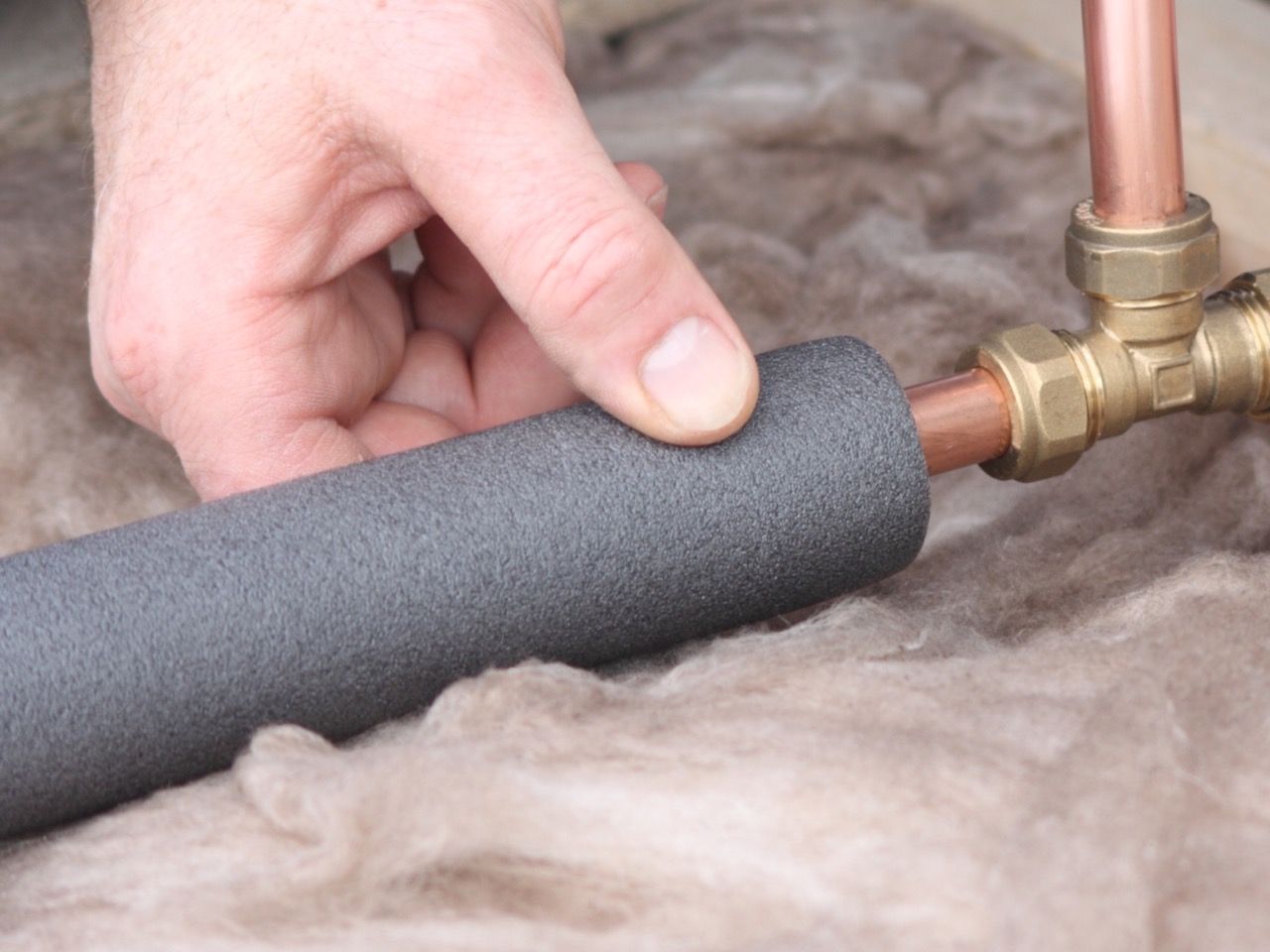
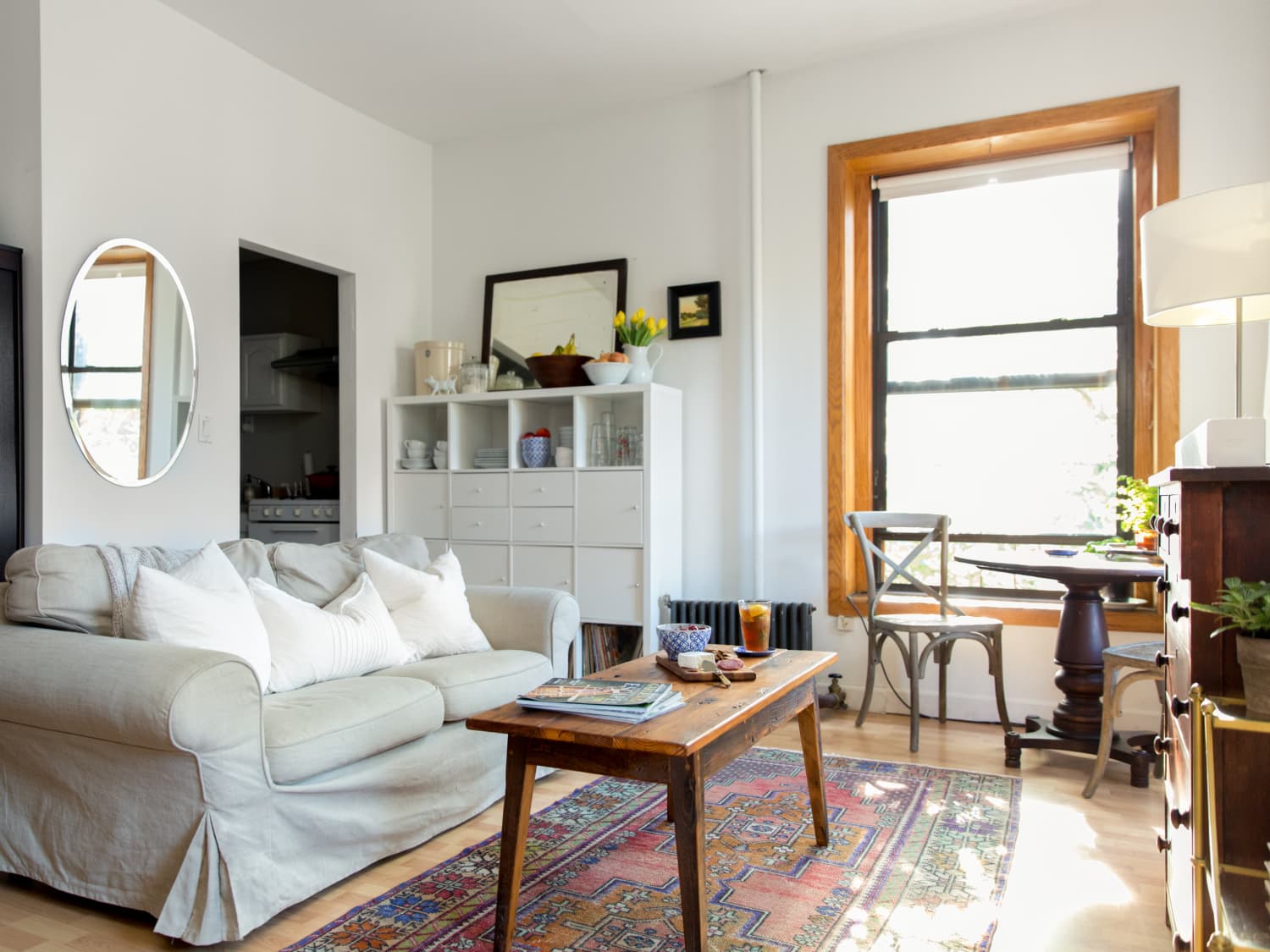

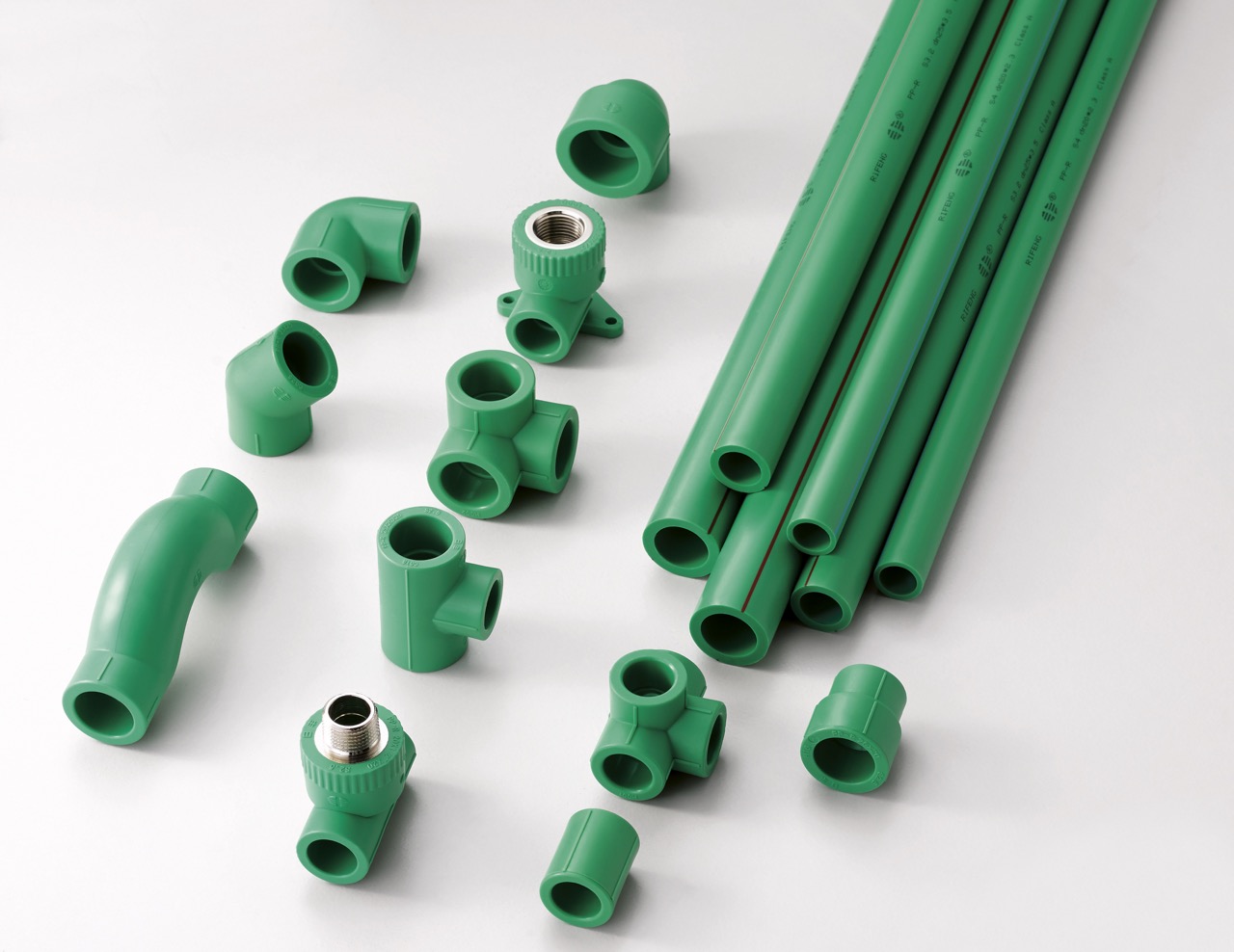
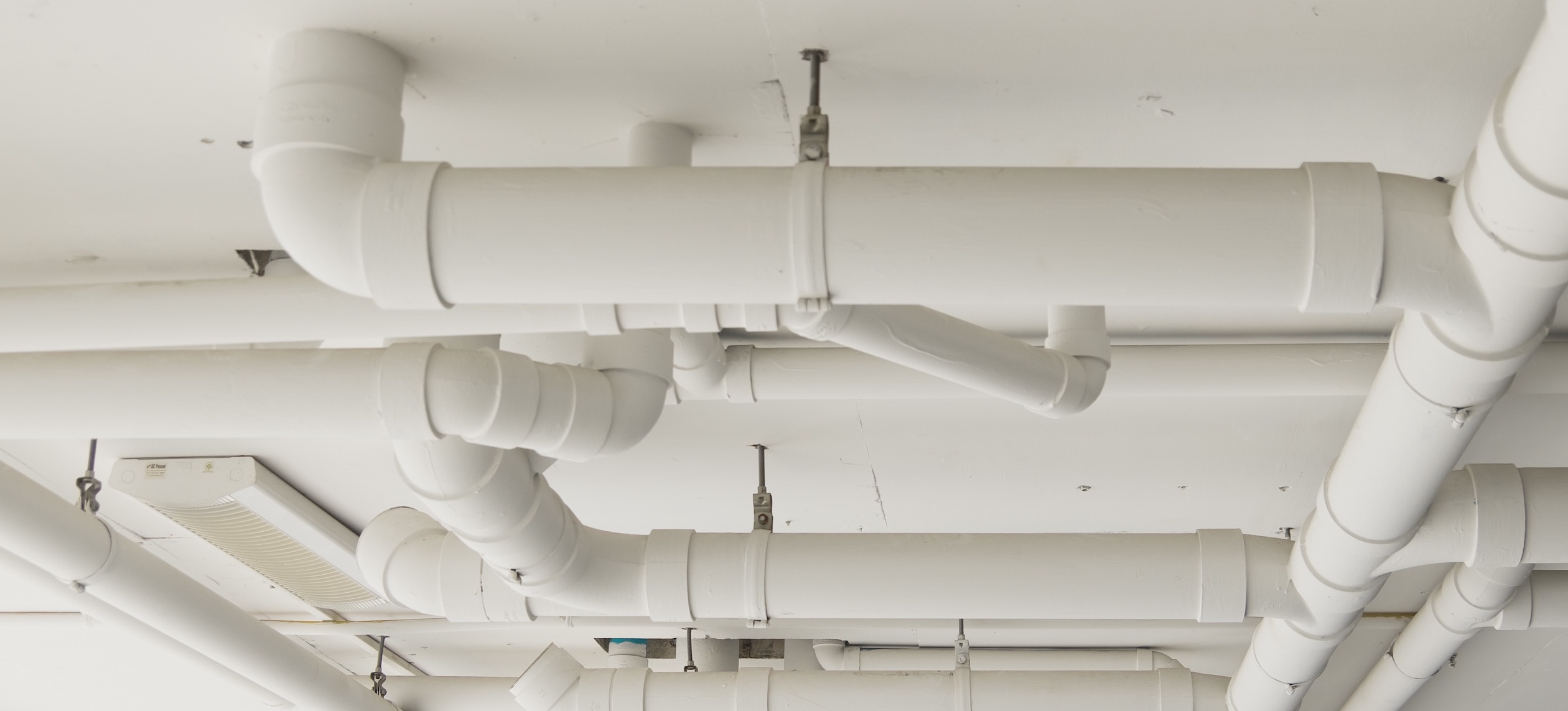
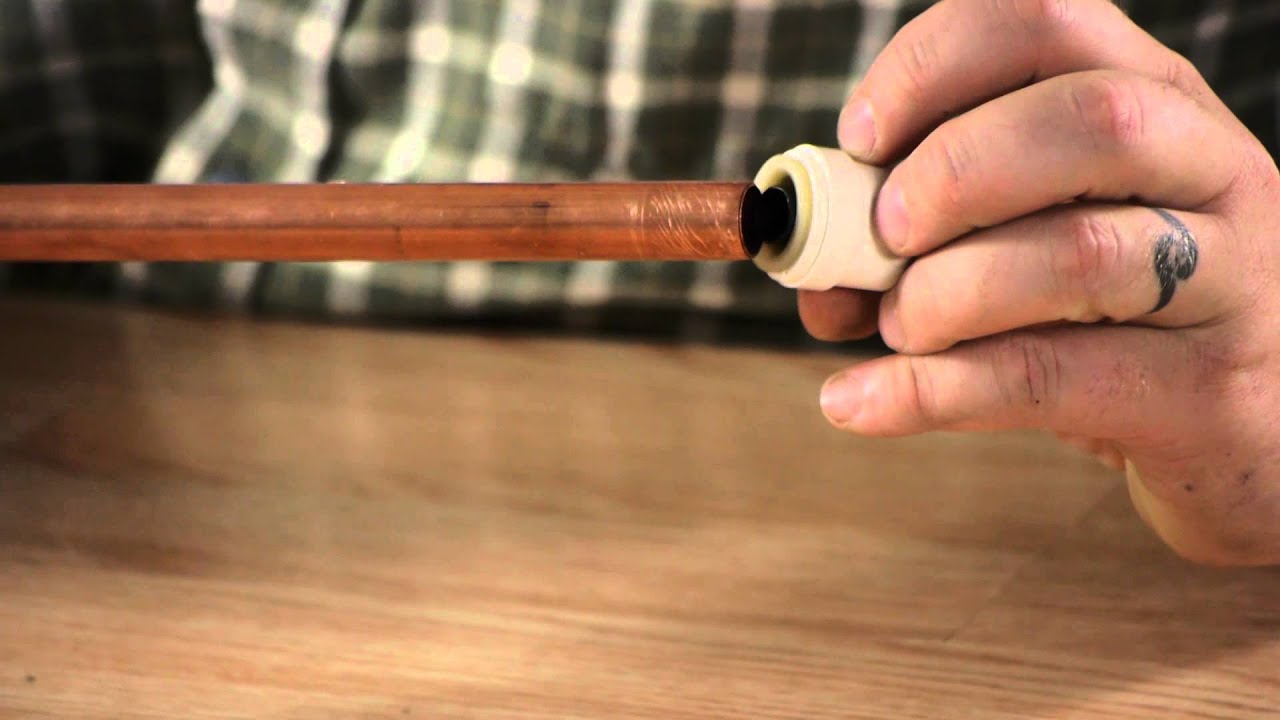
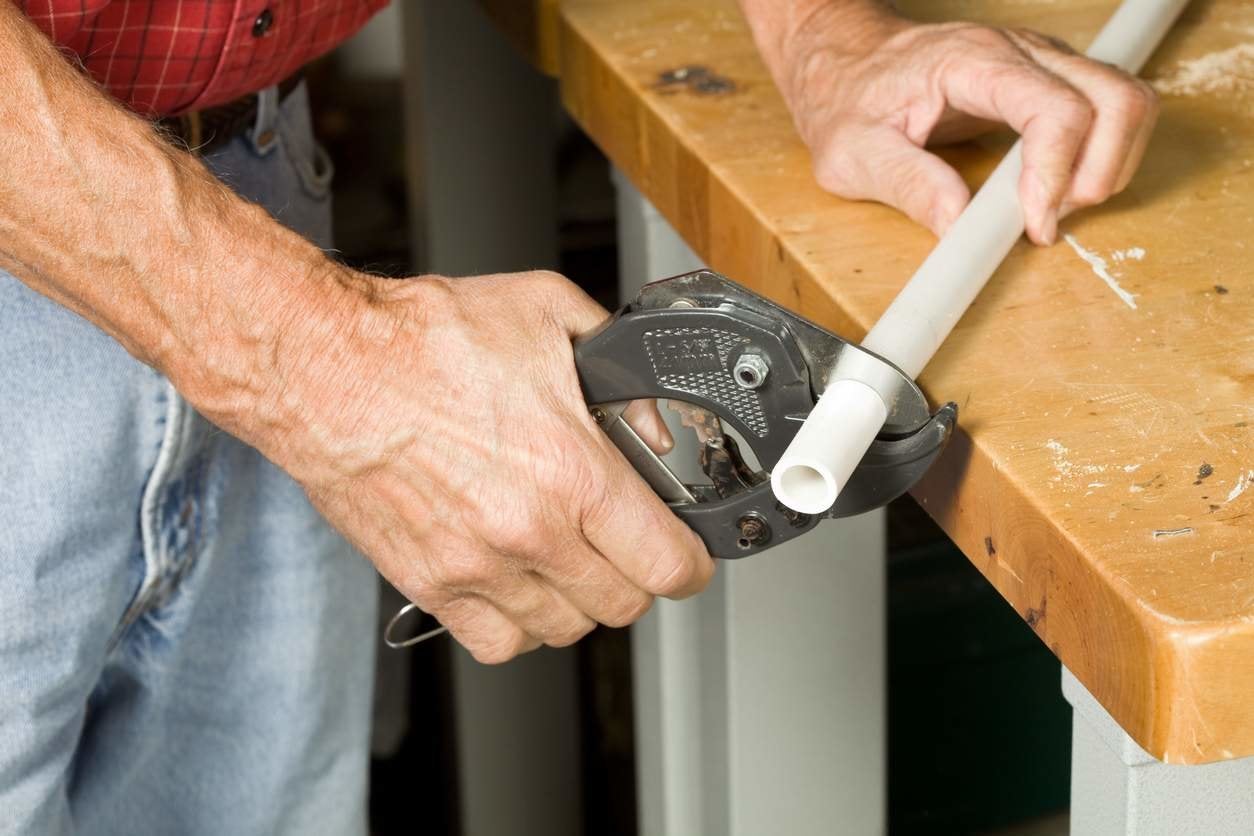
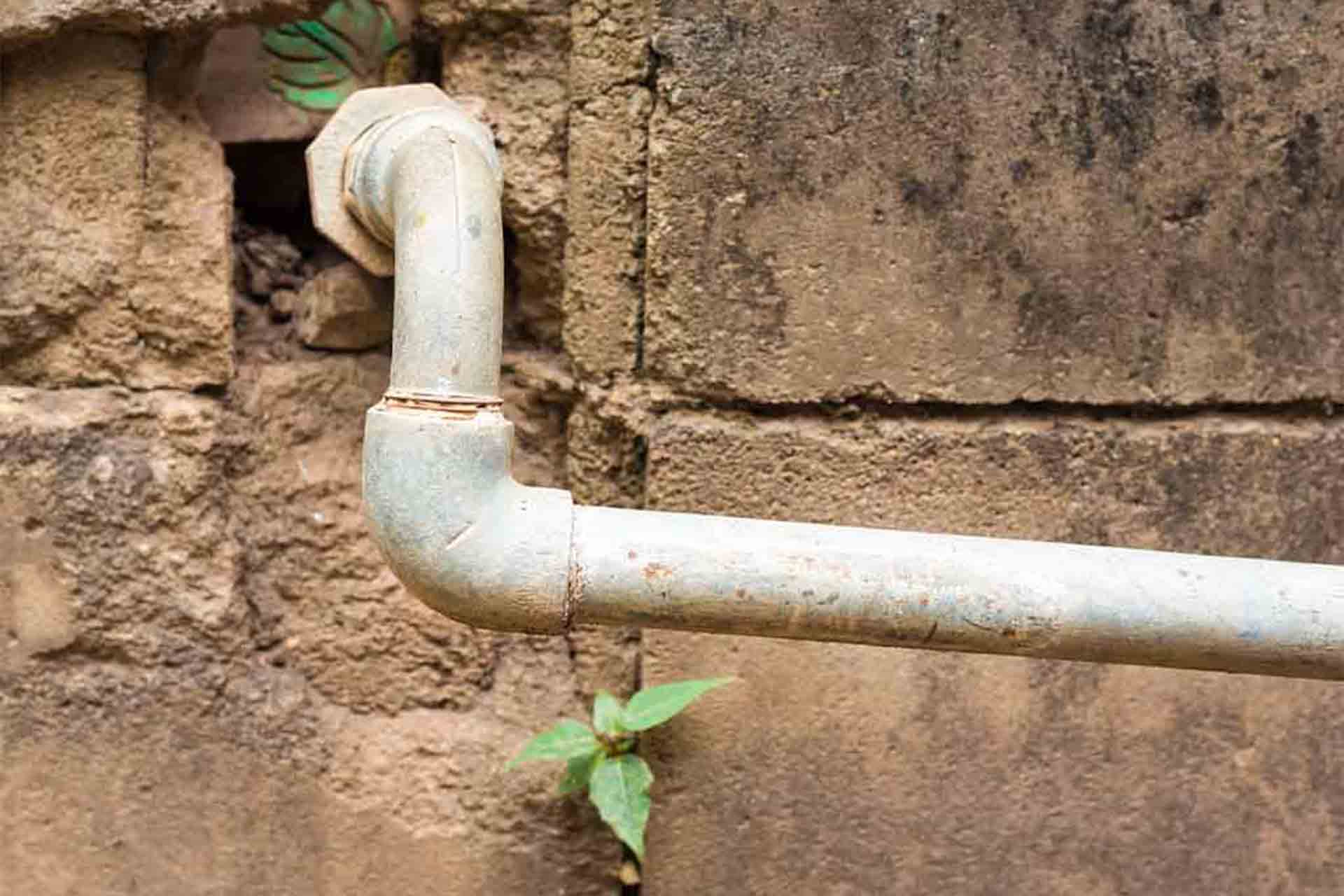
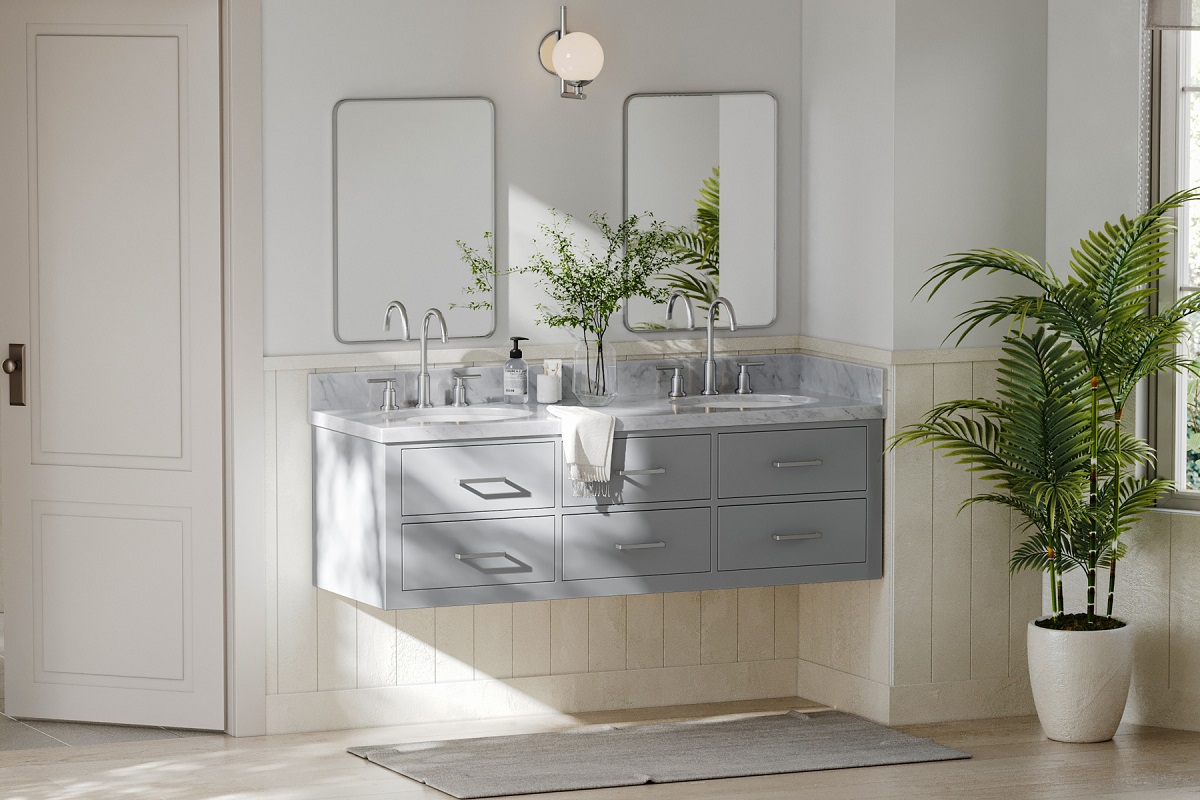
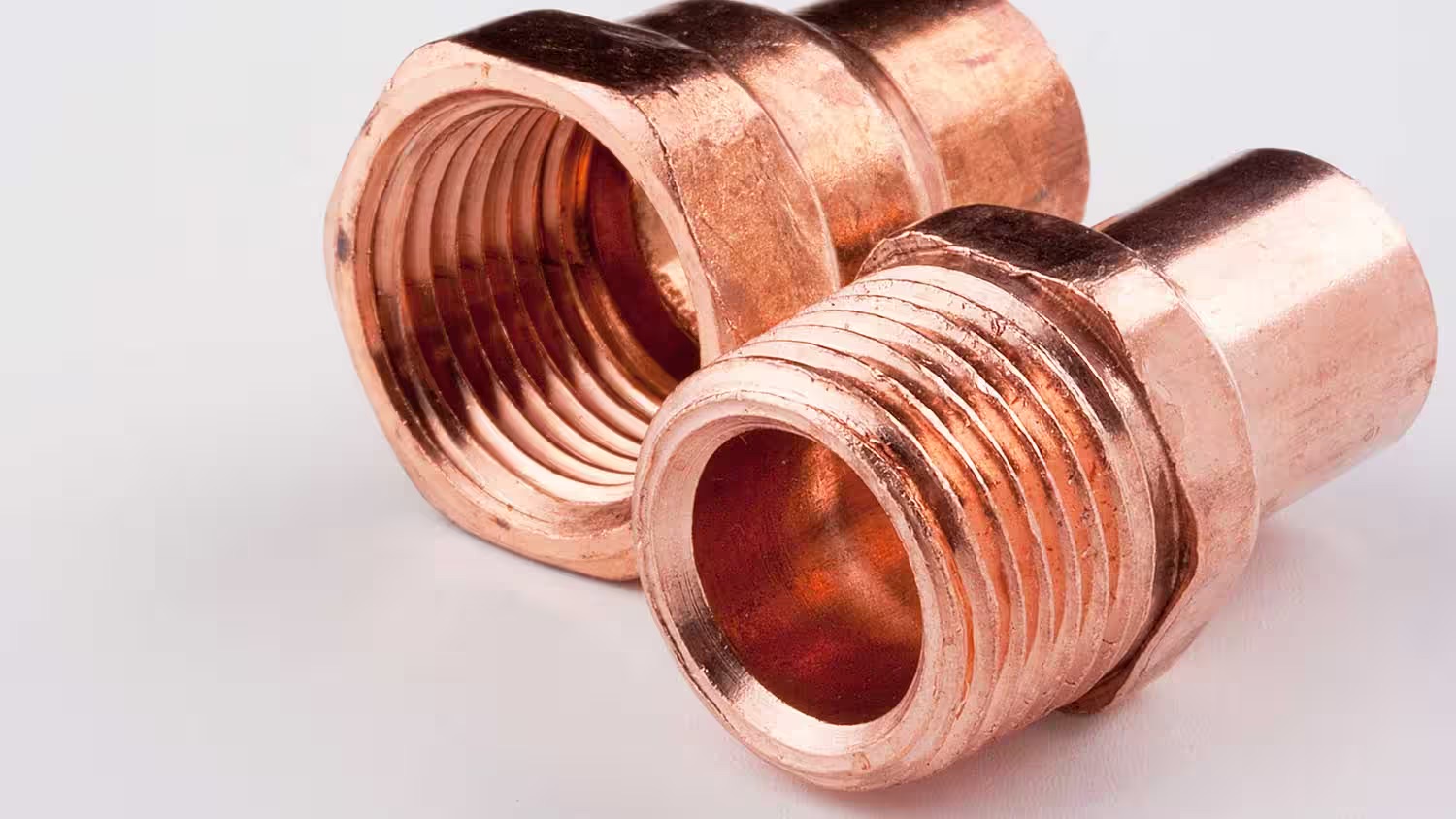
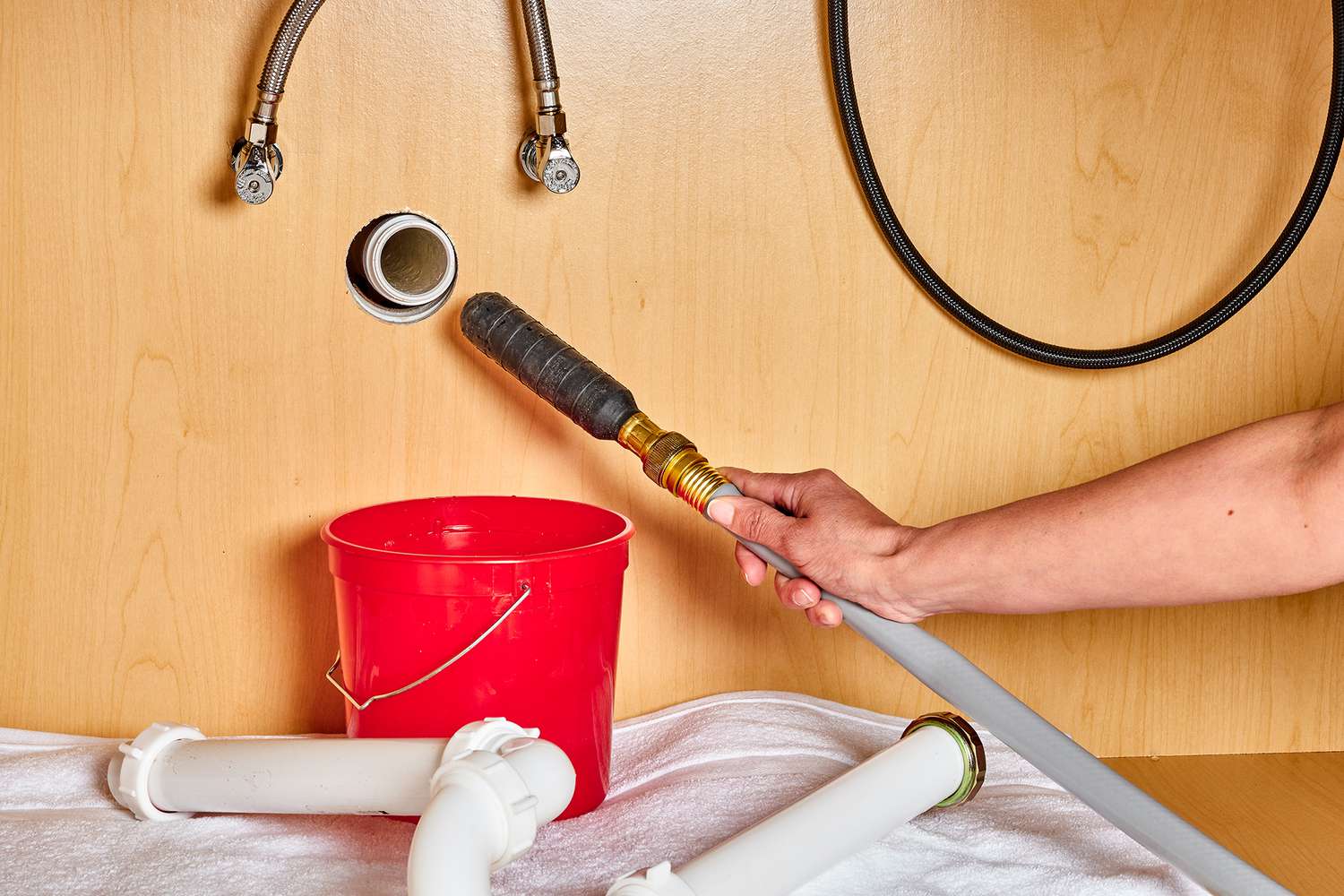
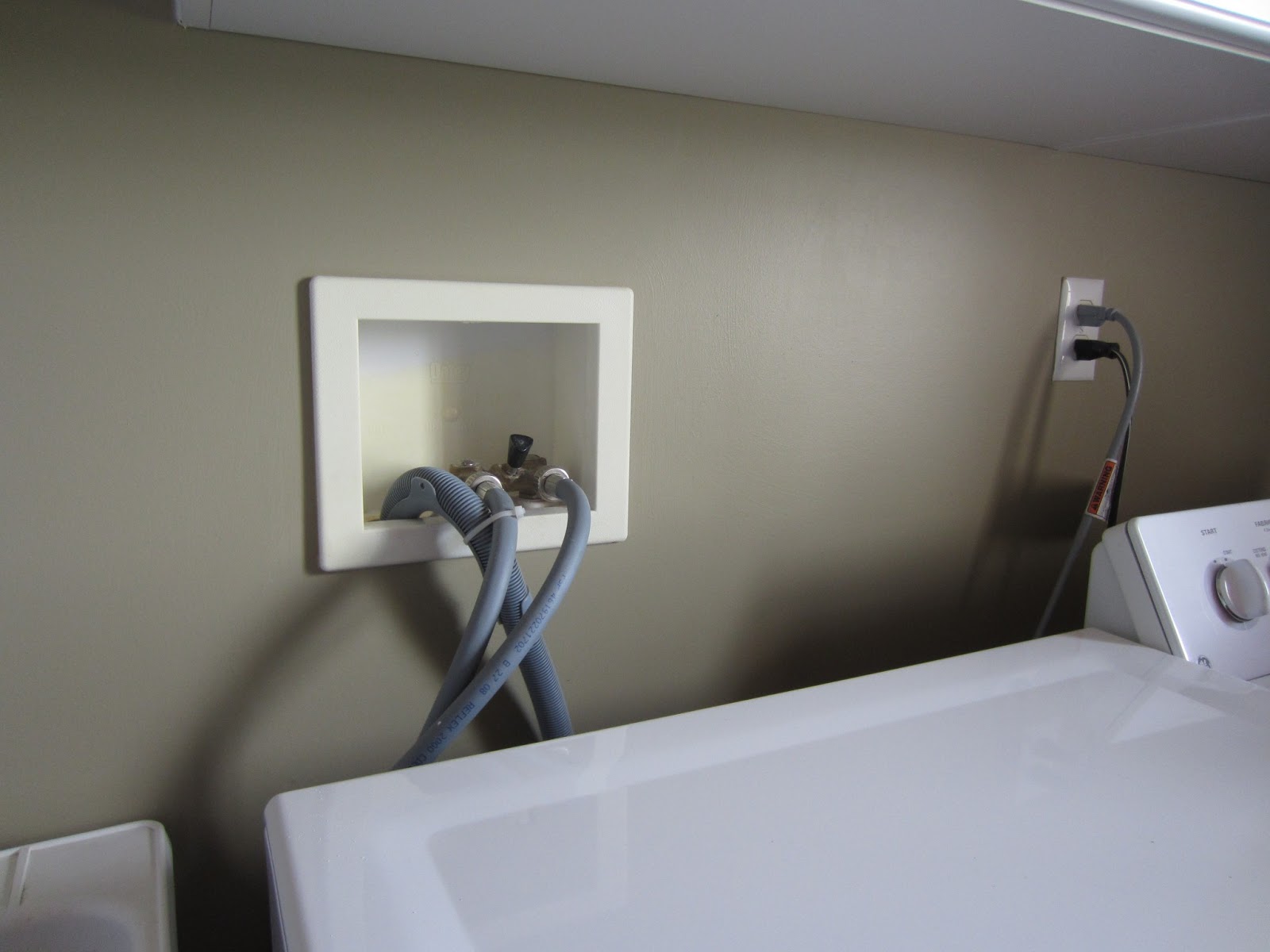
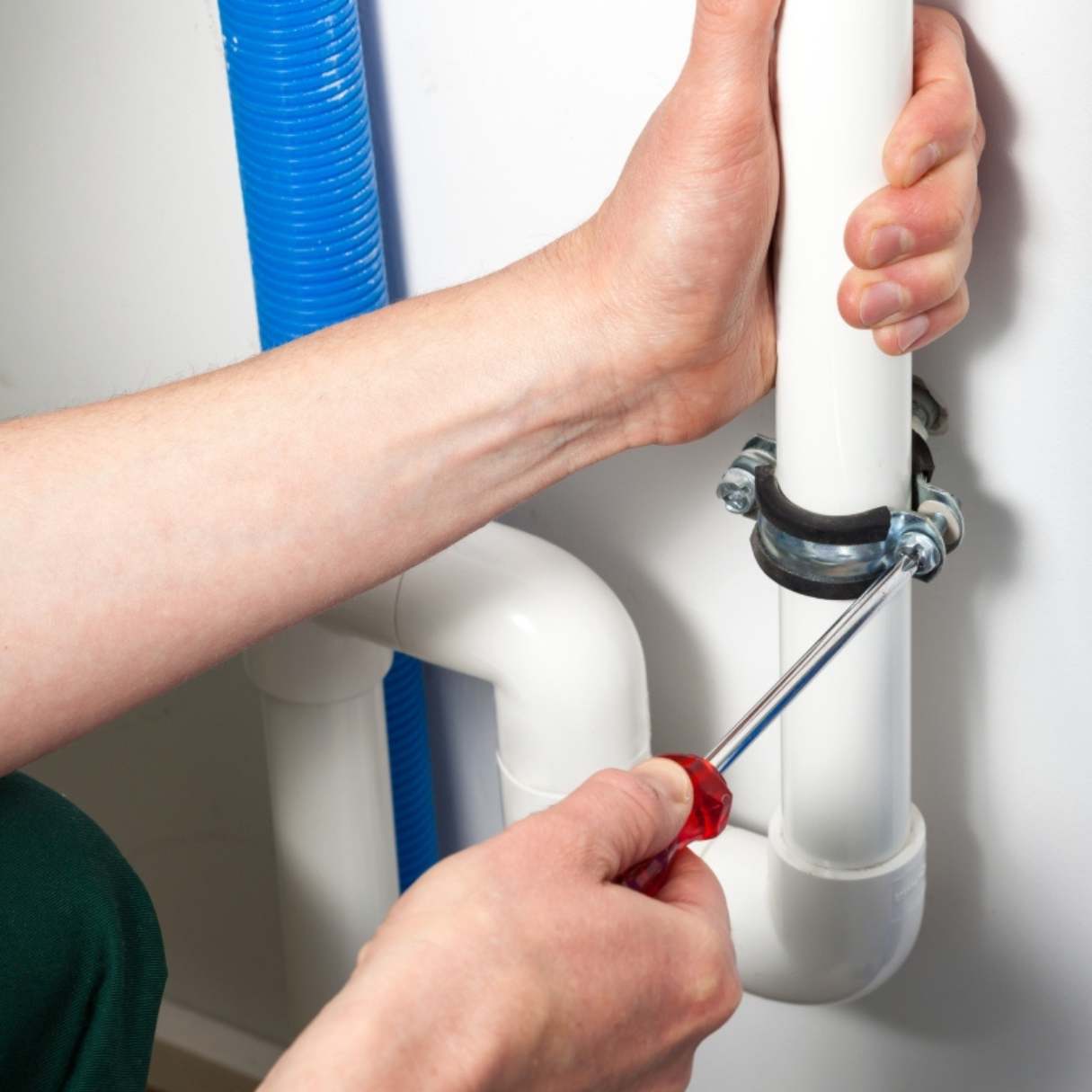

0 thoughts on “How To Hide Plumbing Pipes”